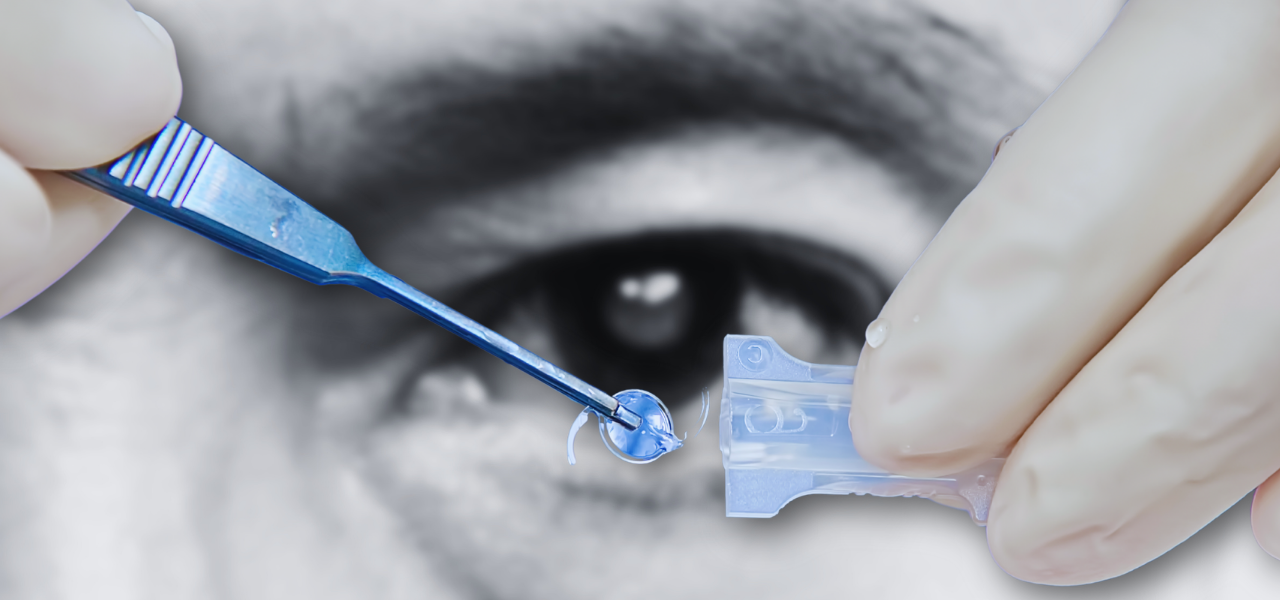Cataracts: The Fading World of Color
Cataracts are among the most common eye conditions worldwide, affecting millions of people. Unlike glaucoma, which damages the optic nerve, cataracts are primarily age-related and result from the gradual clouding of the eye’s natural lens.

When a cataract develops, the once-clear lens becomes opaque. Colors lose their vibrancy, turning from bright tulips or vivid paintings into muted and dull shades. Outlines blur—whether in the works of Leonardo da Vinci or in the faces of loved ones. Bright light becomes intolerable, and even the simple act of climbing stairs or walking through a room becomes uncertain.
For many, this condition makes everyday life extremely difficult. Driving becomes unsafe not only at night but also in broad daylight. Reading turns into a frustrating task, as letters appear and vanish. Recognizing friends or family members becomes increasingly challenging.
Causes and Risk Factors
Although cataracts are closely associated with aging, several other factors increase the risk of developing them. Diabetes, excessive alcohol consumption, and prolonged sun exposure can all accelerate lens clouding. Long-term use of corticosteroid medications for conditions such as asthma, rheumatoid arthritis, or eczema is also known to contribute.
The list of conditions linked to cataract development is extensive —even Wikipedia mentions it, and medical research continues to identify new associations. While not everyone faces these risks, awareness is essential.
Cataracts in Famous Figures

Cataracts do not spare anyone —not even those whose lives and careers depend on vision. Claude Monet, one of the greatest impressionists, suffered profoundly from the disease. For him, the gradual loss of sight meant the end of his ability to perceive color and light, which was as devastating as death itself.
Larry King, one of the world’s most famous TV hosts, also suffered from cataracts. A brilliant debater and attentive listener, Larry King’s sharpness helped him often show his guests in a less-than-favorable light.
Advances in Treatment
Fortunately, cataracts are no longer a hopeless condition. Modern ophthalmic surgery has transformed outcomes compared to past centuries, when eye surgery was considered dangerous and often led to total blindness.
Today, advanced laser systems, ultrasonic techniques such as phacoemulsification, and high-quality intraocular lenses have revolutionized cataract treatment. These procedures are safe, effective, and usually performed on an outpatient basis. Recovery times are shorter, and results often exceed patients’ expectations.
According to the World Health Organization, cataracts remain the leading cause of blindness worldwide, accounting for around 51% of all cases of vision loss. Yet in countries with access to modern surgery, most patients regain clear vision within days.
Prevention and Eye Health
While cataracts cannot always be prevented, certain measures can delay their progression:
- Protecting the eyes from ultraviolet radiation with quality sunglasses.
- Maintaining a balanced diet rich in antioxidants, vitamins C and E, and omega-3 fatty acids.
- Managing chronic diseases such as diabetes.
- Scheduling regular eye examinations, especially after age 50.
These steps help preserve eye health and may postpone the need for surgical intervention.
Aging and the Growing Challenge
With longer life expectancy and advances in healthcare, more people worldwide are living into their 60s and beyond. As a result, the number of cataract cases is steadily increasing, not only in developed but also in developing countries. This growing prevalence highlights the importance of prevention, awareness, and access to treatment.
Try to pay as much attention to your vision as possible. The priceless gift of nature—the ability to see light and distinguish one color from another—is worth taking care of, especially if someone close to you has already been diagnosed with cataracts.
Conclusion
Vision is one of life’s most precious gifts—the ability to see light, color, and form. Cataracts threaten this gift, but modern medicine offers hope. Protect your eyes, undergo regular check-ups, and encourage loved ones to do the same. By caring for our vision, we preserve the beauty of the world in all its colors.
